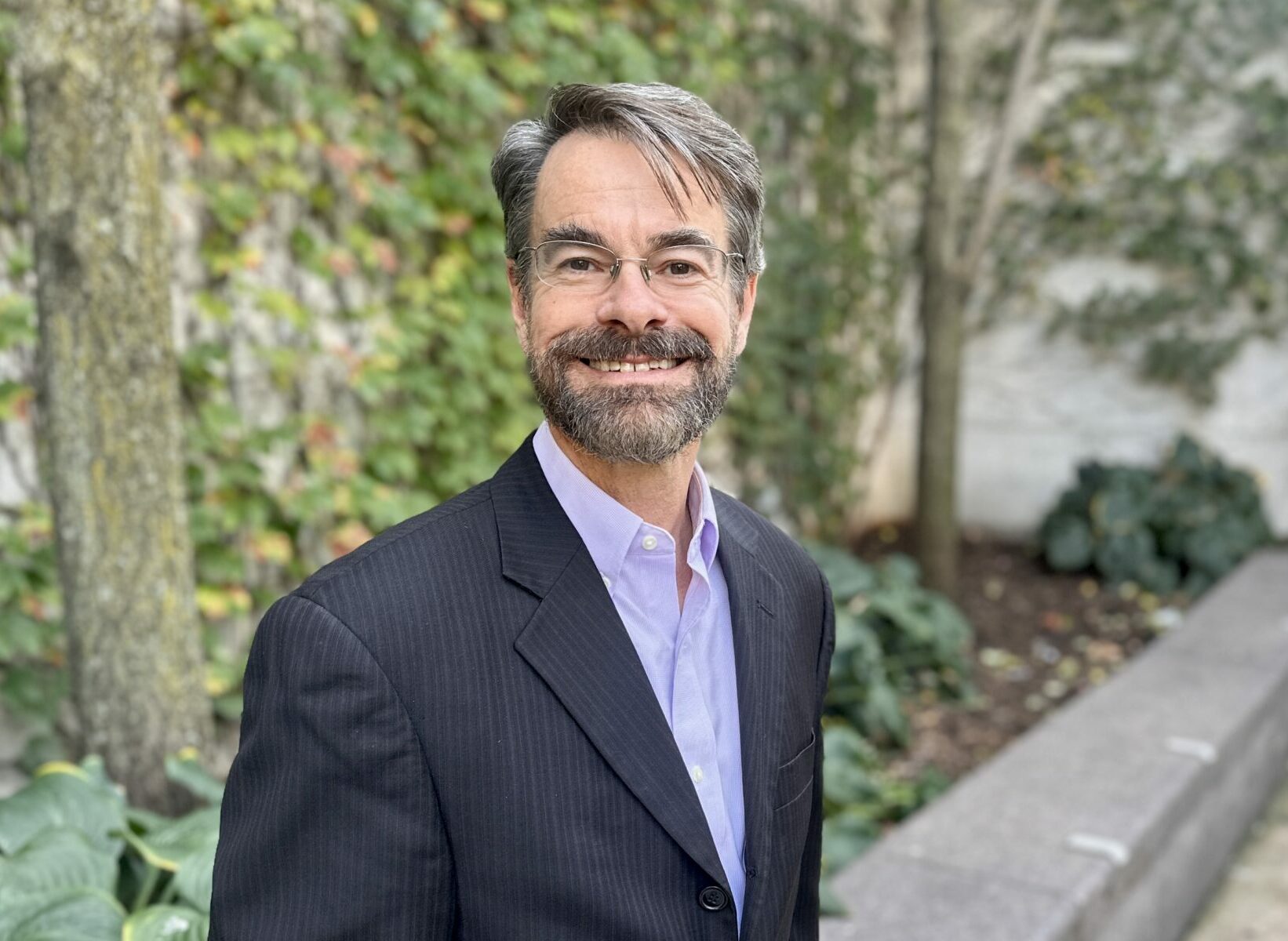CTA station & Expressway, Chicago
March 03, 2022
Treating Transportation as if the Climate Mattered
Transportation is now the leading source of climate change pollution. But you wouldn’t know it from the actions of our government.
The latest report from the Intergovernmental Panel on Climate Change makes it clear that we must do more to reduce greenhouse gas emissions and avoid the worst impacts of climate change. Transportation is the leading source of climate change pollution, fueled primarily by personal cars and trucks, so one of the most important things we can do is help people drive less. Unfortunately, state and federal leaders are exacerbating the problem. We can and must shift gears for the long-term health and safety of the Midwest.
The Bipartisan Infrastructure Law included $90 billion in subsidies over the next five years to encourage MORE driving. Contrary to the myth that roads “pay for themselves” through the gas tax, Congress has continued to increase highway spending without raising the gas tax since 1993. Sure, our roads need repair. But if we are paying for them with anything other than user fees, we’re encouraging people to use them more. Just imagine what would happen if we paid for drinks through the income tax rather than our bar tab. That’s what happens with driving.
And while states have shown more fiscal discipline by raising gas taxes to match highway expenditures, they, too, are making the problem worse. Though our nation suffers from crumbling roads and bridges, states continue to pour money into new roads rather than repairing the ones we’ve got. When’s the last time you considered putting an addition on your house instead of repairing the leaky roof?
In the Chicago region, multiple highway expansion projects have been proposed, which will add to greenhouse gas pollution, not to mention many other air pollutants from transportation that are estimated to cause over 8,000 deaths in the city each year.
Contrary to common perceptions, expanding road capacity does not solve congestion.
This is a problem because more roads leads to more driving leads to more carbon pollution. Contrary to common perceptions, expanding road capacity does not solve congestion. Instead, it leads to “induced demand” that quickly uses up the new capacity. As people perceive more road space available, they drive more. As larger roads create longer distances between homes and businesses and as faster speeds make other modes more dangerous, it fuels a vicious cycle of car dependency, congestion, and pollution. (You can even estimate the carbon pollution from a new road yourself with this simple calculator.)
We need to start treating transportation as the climate challenge it is.
- Let’s focus on repairing existing roads and bridges before building new ones. Illinois is ranked third worst in the country for the state of our aging infrastructure, so we have enough on our plate already, and responsibly managing what we have is both environmentally and fiscally sustainable.
- Let’s invest in smart transportation as though our future depended on it. Public transit, passenger rail, and safe walking/biking infrastructure provide more bang for public buck, move people far more efficiently through limited space, and foster more economic growth than new roads, while helping to reduce pollution as well. Public transit is 10x safer than driving, produces 84% less carbon emissions, and offers mobility and freedom for millions who do not or cannot drive.
- Electrification is important, but it isn’t a panacea. First, batteries need to get charged, and it’s going to be a while before that power all comes from renewable sources. Second, climate change isn’t the only problem with cars: traffic fatalities are up 18% in 2021 from the prior year, killing about 40,000 people. Third, it’s going to take time. Even if automakers meet their ambitious press release projections and sell nothing but electric vehicles after 2035, gas powered cars will still be on the road until at least 2060.
The good news is that we have the tools to start taking climate change seriously. The Bipartisan Infrastructure Law contains $66 billion for railroad investments, allowing states to partner with Amtrak to provide faster, more frequent service along existing and new routes. There’s up to $7.5 billion to jumpstart the transition to electric school buses and another $7.5 billion for electric vehicle charging stations. And there are lots of competitive grant programs which, if the federal Department of Transportation does its job right, will create a race to the top.
ELPC is working to improve our transportation future on many fronts. This week, we joined a coalition of Illinois advocates calling on Governor Pritzker and Illinois Department of Transportation Secretary Omer Osman to “prioritize new investments in a way that makes our communities safer, more accessible, sustainable, and equitable.”
Read the coalition letter here
We also sent a letter to the Regional Transportation Authority calling for a more substantive long-term planning process. After years of urging and advising the Chicago Transit Authority to reduce air pollution, we celebrated the agency’s clear vision to electrify its bus fleet by 2040. And we keep working to improve passenger rail across the Midwest. We will keep working with our colleagues, agencies, and public leaders to advance a more sustainable future for mobility in the Midwest and beyond.


